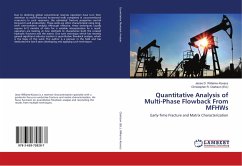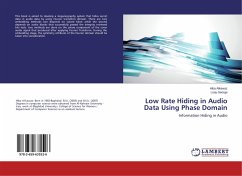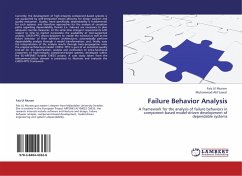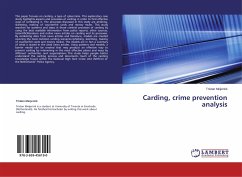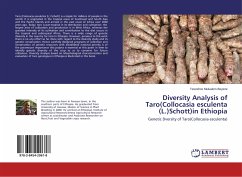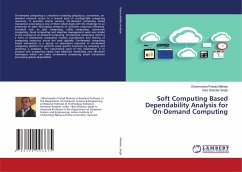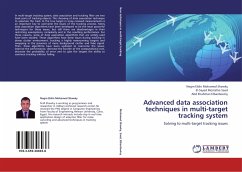Due to declining global conventional reserves operators have turn their attention to multi-fractured horizontal wells completed in unconventional reservoirs. In such reservoirs, the estimated fracture properties control long-term well productivity. These wells are often characterized using long-term rate-transient analysis. Although effective, these techniques usually require 6-12 months of data for a suitable interpretation. As a result, operators are looking at new methods to characterize both the created hydraulic fractures and the matrix. One such technique which has recently gained significant industry traction is quantitative flowback analysis, which is the basis of this work. The author is a pioneer in the field and has dedicated the last 8 years developing and applying such techniques.

